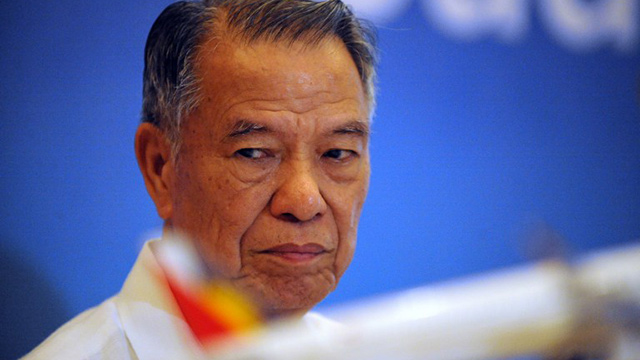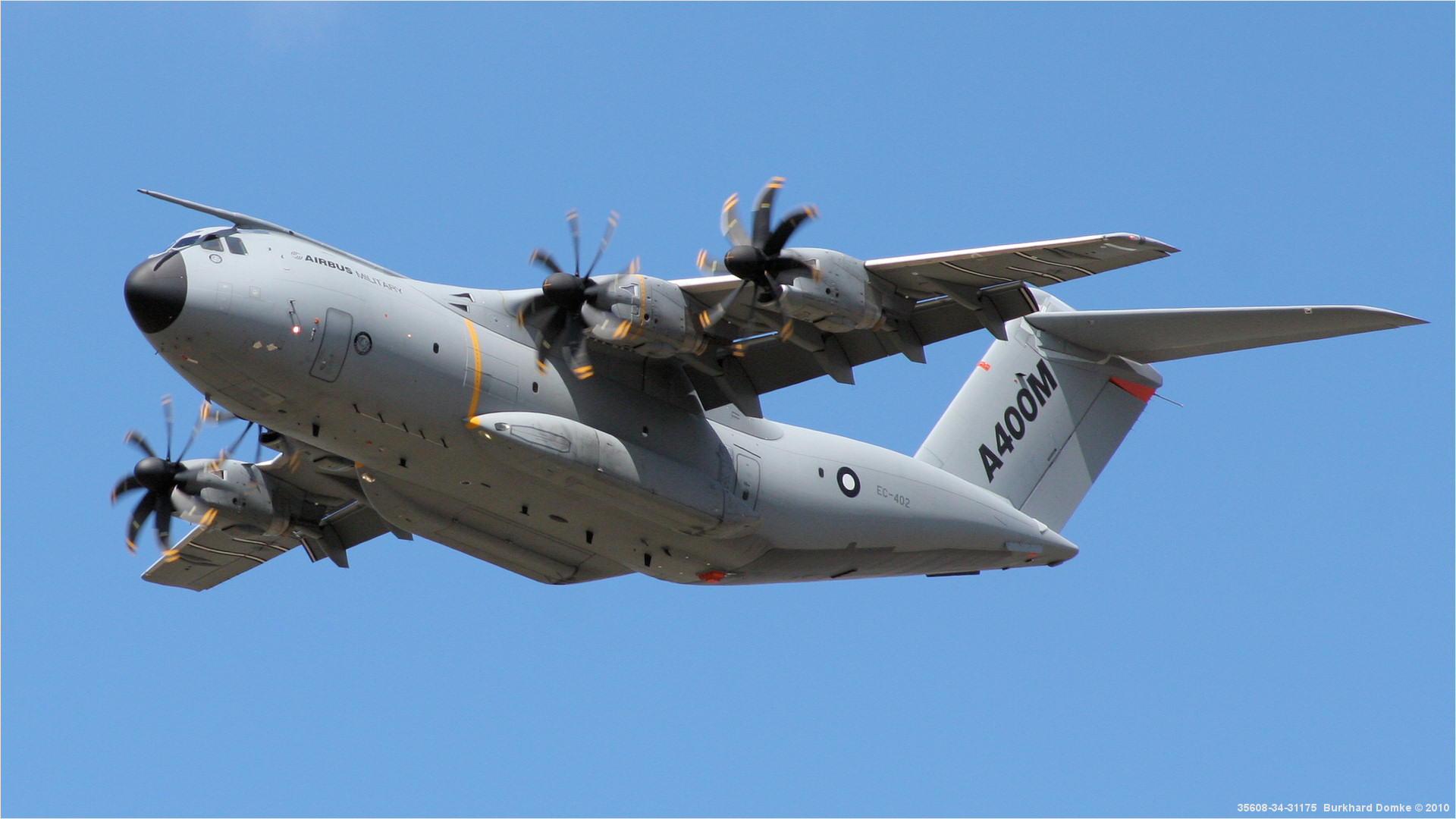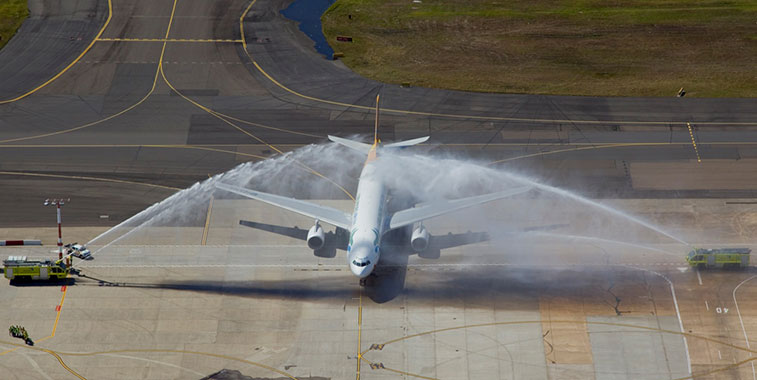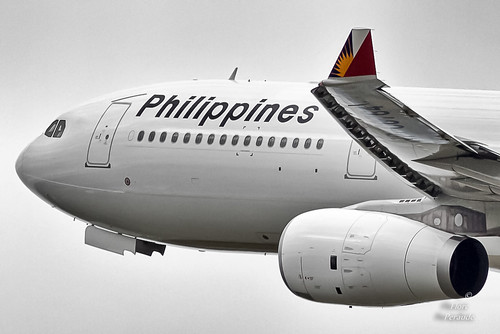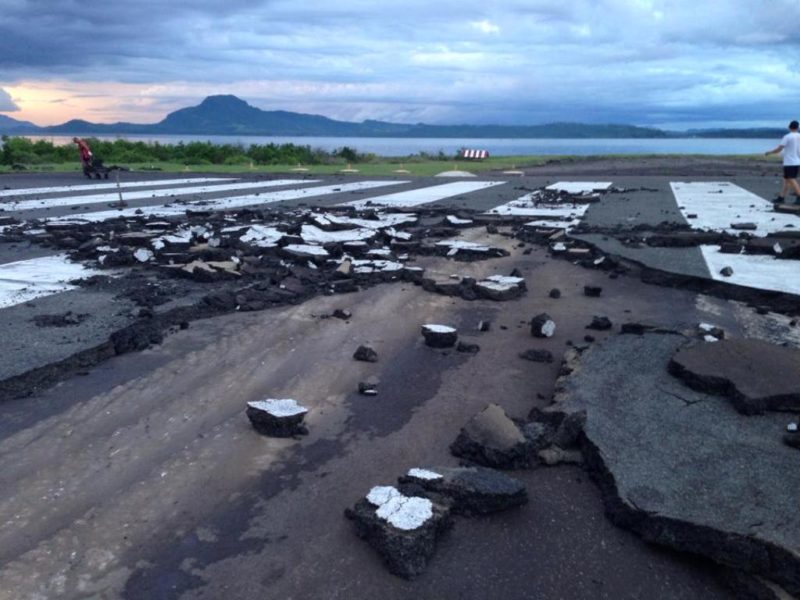29 September 2014
The Public Private Partnership Center says government will auction off the redevelopment, operations and maintenance of the Ninoy Aquino International Airport (NAIA) by the middle of 2015.
Cosette Canilao, PPP executive director, says the agency has already received several consultancy proposals from Nathan Associations and Ernst & Young Solutions, among others.
"We're hoping to bring it up to the National Economic Development Authority (NEDA) board by May next year. Once it's approved, maybe by June or July [2015] we can begin the bidding process," she said.
The consultancy contract will be awarded within the next two weeks. The consultant will conduct a feasibility study for the project, which is expected to begin in November 2014 and end by March 2015.
The NAIA privatization is still subject to approval of the National Economic and Development Authority (NEDA).
"The awarding will definitely happen during this administration and we can accelerate it further so that the implementation will also take place within this administration. This project is urgent as we all know the condition of our main airport," she said.
The project involves the redevelopment of the country's main international gateway, the transfer of the operations of NAIA 1, 2, 3 and 4 and the planned operations of NAIA 5. ABS-CBN News
Cosette Canilao, PPP executive director, says the agency has already received several consultancy proposals from Nathan Associations and Ernst & Young Solutions, among others.
"We're hoping to bring it up to the National Economic Development Authority (NEDA) board by May next year. Once it's approved, maybe by June or July [2015] we can begin the bidding process," she said.
The consultancy contract will be awarded within the next two weeks. The consultant will conduct a feasibility study for the project, which is expected to begin in November 2014 and end by March 2015.
The NAIA privatization is still subject to approval of the National Economic and Development Authority (NEDA).
"The awarding will definitely happen during this administration and we can accelerate it further so that the implementation will also take place within this administration. This project is urgent as we all know the condition of our main airport," she said.
The project involves the redevelopment of the country's main international gateway, the transfer of the operations of NAIA 1, 2, 3 and 4 and the planned operations of NAIA 5. ABS-CBN News

